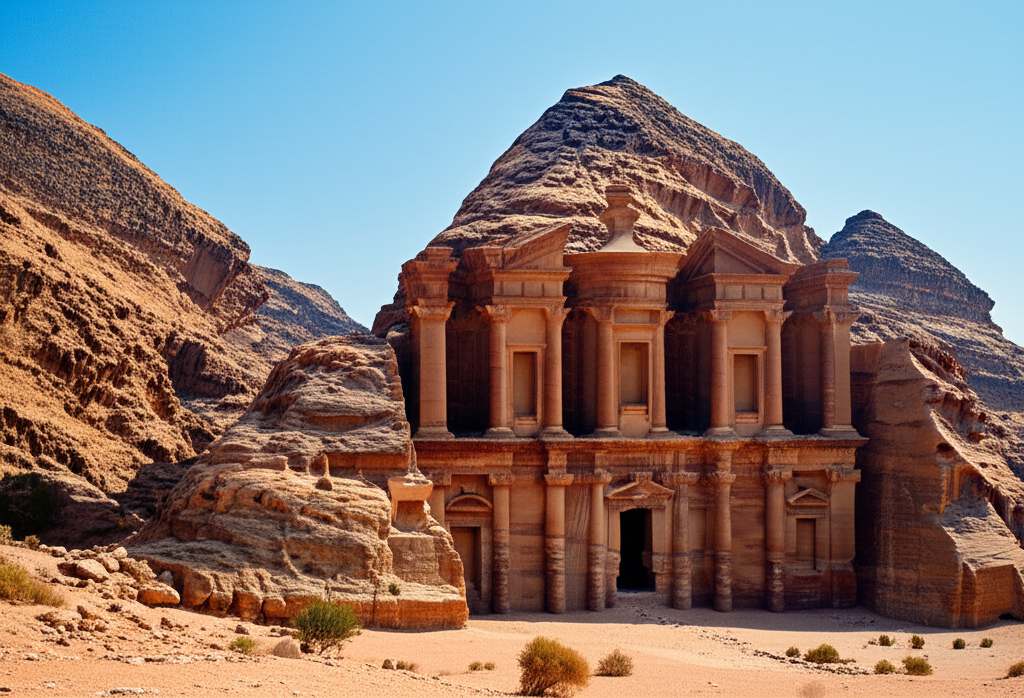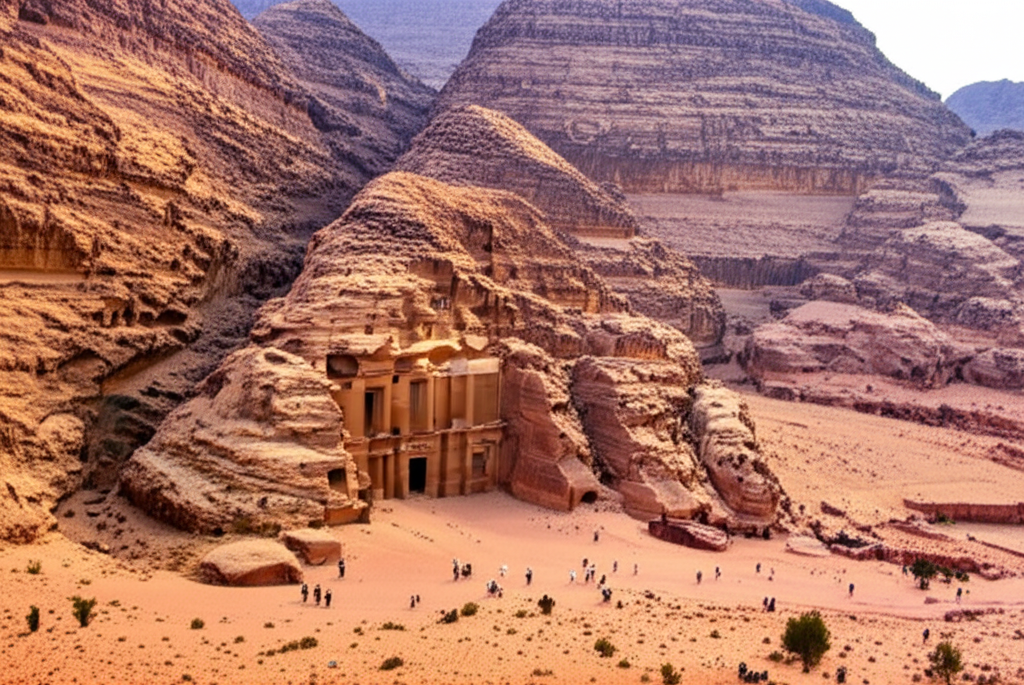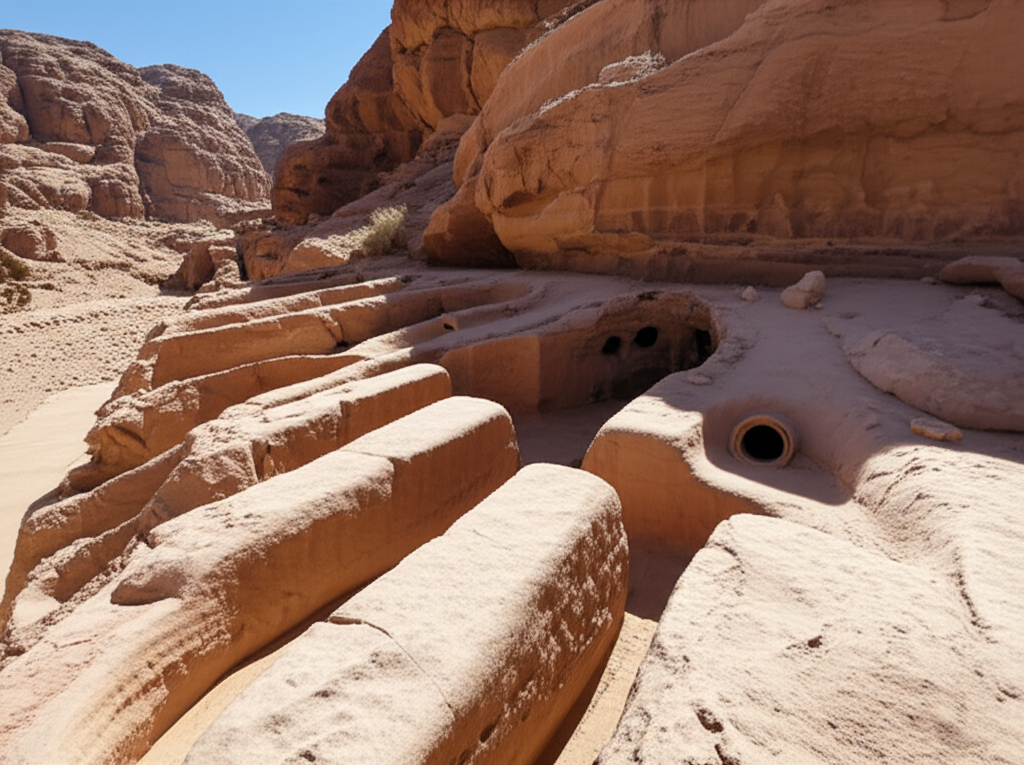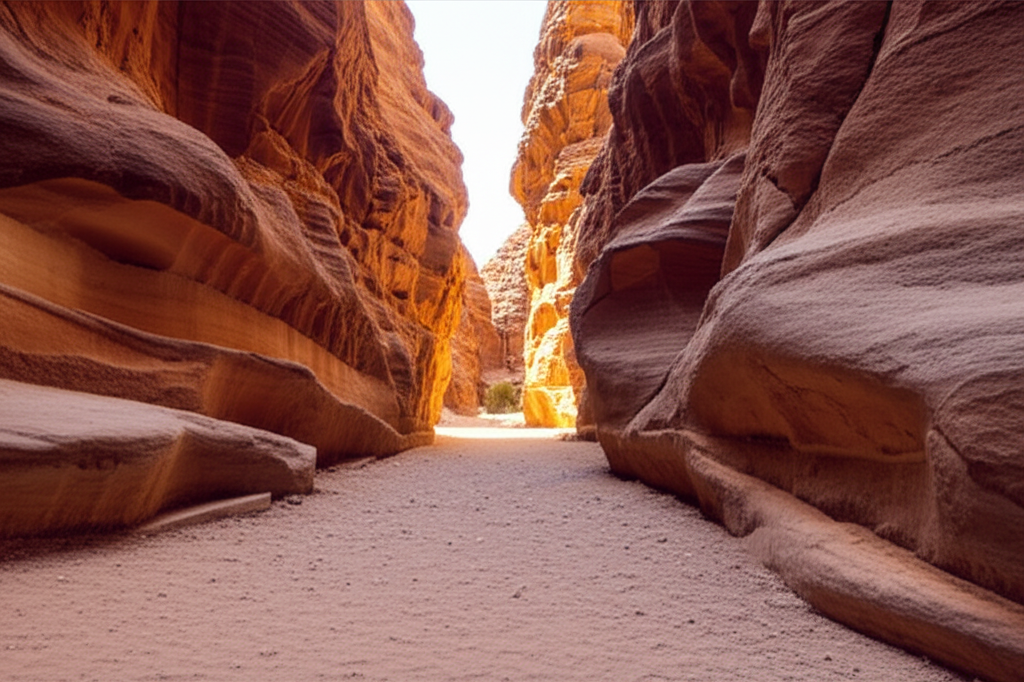
Exploring Petra, Jordan
An Architectural Marvel of the Ancient World
Nestled amidst the rugged cliffs of southern Jordan, Petra is a testament to the ingenuity of ancient civilizations, captivating visitors with its breathtaking architecture and historical significance. Often referred to as the “Rose City” due to the color of the stone from which it is carved, Petra is not only a UNESCO World Heritage Site but also one of the New Seven Wonders of the World. This blog delves into the architectural brilliance of Petra, examining its history, design, and the techniques that created this unparalleled city.
Historical Context
Petra was established as early as the 5th century BC and served as the capital of the Nabataean Kingdom. Its strategic location along trade routes connecting the East and West facilitated its economic prosperity. The Nabataeans were adept traders, and their wealth enabled them to invest in the city’s remarkable infrastructure. Over time, Petra evolved into an architectural wonder, showcasing a fusion of various styles influenced by the Greeks, Romans, and the indigenous Arab culture.

Architectural Highlights
1. Rock-Cut Architecture
One of the most stunning features of Petra is its rock-cut architecture. The Nabataeans chose to carve their structures directly into the rose-red sandstone cliffs, a technique that not only showcased their exceptional craftsmanship but also protected the buildings from the harsh desert environment. The most iconic of these structures is Al-Khazneh, or “The Treasury,” renowned for its intricate façade adorned with classical motifs, Corinthian columns, and exquisite sculptures. Standing over 39 meters tall, Al-Khazneh exemplifies the harmony between man-made structures and nature.
2. Innovative Water Management Systems

Beyond its monumental buildings, Petra is also a marvel of engineering, particularly in its water management systems. The Nabataeans developed sophisticated aqueducts, cisterns, and dams to collect and distribute water throughout the city. These innovations enabled them to thrive in an arid environment, ensuring that the city could support a significant population and sustain agricultural practices. The remnants of these advanced hydrological systems, such as the engineered channels carved into the rock, still evoke admiration today.

3. The Siq: The Grand Entrance
Access to Petra begins through the Siq, a narrow, winding gorge that serves as the main entrance to the city. The dramatic cliffs rise up to 80 meters high, and as visitors walk through the Siq, they are treated to a display of colorful rock formations. This natural corridor heightens the anticipation of emerging into Petra’s grandeur. The Siq features remnants of carved niches and ancient water conduit systems, providing insight into the architectural and cultural practices of the Nabataeans.
4. Tombs and Monuments

Petra is home to over 800 carved tombs, each with its unique architectural style and cultural influences. The Royal Tombs, such as the Urn Tomb and the Silk Tomb, are characterized by their elaborate facades and burial chambers. The intricate carvings tell stories of the deceased and their societal status. Additionally, the Monastery (Ad Deir) stands as another architectural feat, with its colossal entrance and stunning views of the surrounding valleys.
Architectural Styles and Influences
Petra’s architecture is a remarkable fusion of various styles, reflecting the cultural exchanges that occurred through trade. The Hellenistic influences are evident in the columns and pediments, while Roman styles are represented in the intricate details of the façades. Additionally, there are indigenous Arab elements in the designs, showcasing the Nabataeans’ ability to blend different architectural components into a cohesive urban landscape.
Conclusion
The architectural wonders of Petra, Jordan, provide a captivating glimpse into the ingenuity and creativity of the Nabataeans. With its breathtaking rock-cut structures, advanced water management systems, and a rich tapestry of cultural influences, Petra stands as a beacon of ancient architecture. Today, it not only attracts historians and architects but also continues to inspire awe among travelers from around the globe. As we explore its timeless beauty, Petra remains a profound reminder of human resilience, creativity, and the power of nature in shaping our built environment. Whether you’re an architecture enthusiast, a history buff, or simply a curious traveler, Petra enriches the soul and ignites the imagination.